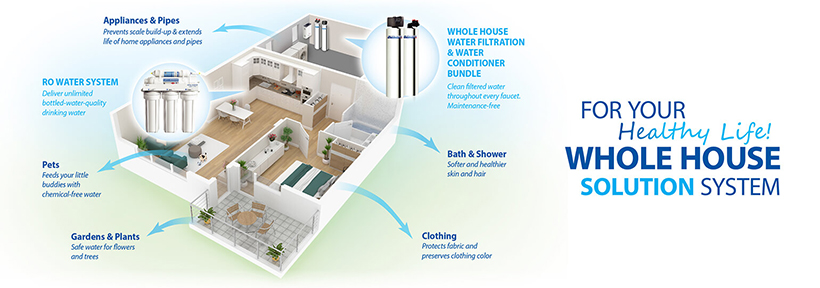
- Allergies and Air Pollution's Effect on Health
- Asthma & How it is affected by Air Pollution
- Air Pollution & Cancer
- Air Pollution's Harmful Effects on the Elderly
- More about HEPA and Carbon activated Filters
- Different types of air filters
- Mold Spores and Indoor Air Quality
- UV Air Purifier Guide
- What causes bad indoor air quality?
- How do Air Purifiers Work?
- Air Pollution May Cause Respiratory Infections
- Air Pollution in the workplace
- Pet Dander's Effect on Air Quality and Asthma
- Air Pollution & Sleep Apnea
- Top 5 Reasons Why you should purify Air
- What you need to know about indoor air
- How Pets cause allergies
- Tips on Choosing the Right Air Purifier
- Multiple Chemical Sensitivity
- What are Dust Mites?
- The History of Air Purifiers
- Air Pollution Problems of the new home
- 5 Ways to Reduce Your Pollen Allergies
- Sinusitis Causes and treatments
- What is HEPA filtration?
- Air purifiers and Wood Smoke
- Home Air purifiers and Cigarette Smoke
- Volatile Organic Compounds (VOCs)
- Formaldehyde Air Pollution
- Is your air purifier ozone free?
Why Remove Chlorine From Our Whole House?

Chlorine has been used to disinfect water for consumption to eliminate waterborne disease for decades. It is extremely effective at killing pathogens and diseases. It is widely used because it’s inexpensive and easy to control and monitor. Chlorine easily maintains a residual level in the water distribution that continues protecting drinking water supplies from bacteria growth. This is why chlorine is considered one of the best disinfecting agents. Despite its effectiveness and inexpensive ability to disinfect the water supply, chlorination has some problems of its own.
Private well users may or may not be using chlorine to disinfect the water as they do have some choice in the type of disinfection. City water users do not have control of the disinfection methods and chlorine is most commonly used.
Chlorine produces harmful byproducts
When chlorine is used as a water treatment, it combines with organic matter in the water to form byproduct compounds called Trihalomethanes (THMs). These compounds are toxic when consumed, inhaled, or applied to the skin. Research conducted on the health effects of chlorinated drinking water has demonstrated a variety of toxicity issues. The Environmental Protection Agency (EPA) has concluded that there is evidence to support a potential association between long term exposure to high levels of THMs and bladder cancer as well as suggestions of an association with colon and rectal cancers. In addition, the Environmental Research Foundation cites several studies linking moderate to heavy consumption of chlorinated tap water by pregnant women with higher miscarriage and birth defect rates. Water disinfection is extremely important to rid of the bacteria and viruses in the water but there are other disinfection methods that do not produce these toxic byproducts.
Our exposure to chlorine
The most obvious problem with chlorine in the water is that it leaves an unpleasant taste and smell behind. Chlorine can alter the taste of water, coffee, tea and other beverages. Chlorine is ingested from drinking water and also inhaled in showers. It can even make hair and skin feel dry after showering. The problem not only lies within drinking water, but also in bathing water. Showering and bathing in chlorinated water may expose us to even more chlorine than drinking the byproducts in the chlorinated water. While showering, chlorine is not only absorbed through skin but also vaporized in the shower and inhaled into the lungs. This means the majority of our daily chlorine exposure comes from showering. Chlorine poses a problem throughout all of our water faucets and should be removed from the entire water source.
How can I remove chlorine from my water?
Carbon filtration adsorbs chlorine without leaving any negative effects on your water supply. Adsorption takes place when your water comes in contact with the carbon filter. Carbon removes chlorine, taste, odor and organic compounds to deliver clean, filtered water to every outlet in your home. There are two main types of systems that remove chlorine. The first type of system is a heavy duty carbon filtration system. This system use large amounts of filter media to deliver the highest performing carbon filtration. Media is placed in a tank about 50” tall and provides chlorine free water for 5-8 years before the media is to be replaced. The second type of system is a standard capacity contact water cartridge. These filter housings use carbon filters to adsorb chlorine and are recommended for standard water capacity. These systems are typically 4.5”D by 10” or 20”H and are placed by the main water line. These standard capacity systems are more affordable, but do require a bit more maintenance because the replacement filters are recommended to change annually. For the highest performing chlorine removal look for heavy duty carbon filtration systems and for standard carbon filtration look for the whole house filter housings.
For complete protection with Reverse Osmosis
To provide the safest drinking water, it is recommended to add a Reverse Osmosis drinking water system in your kitchen. Reverse osmosis is a 5 stage filter that will remove up to 99% of all contaminants in the water. Three of these filters are carbon filters which will provide even more protection with chlorine and the other two filters work to remove heavy metals, pesticides and any other types of contaminants that the whole house filter was unable to remove. With both the whole house filter and reverse osmosis system you will enjoy bottled quality drinking water and chlorine free showers and baths.


